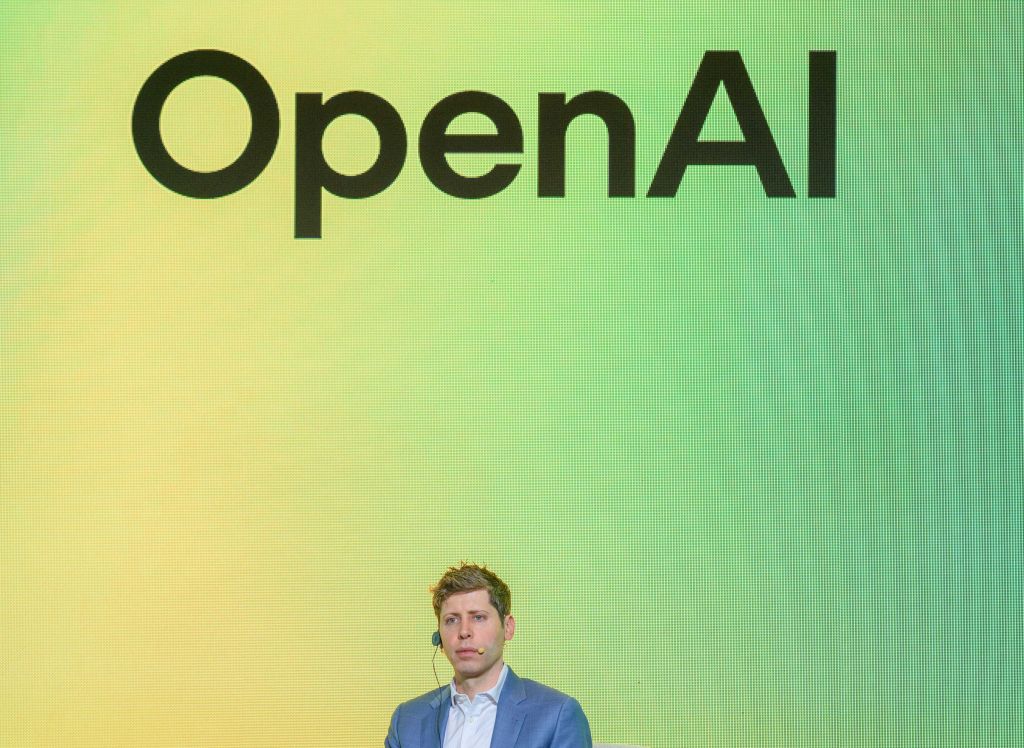OpenAI today reportedly generates about 13 billion in annual revenue and is pursuing an audacious five year plan to convert that momentum into roughly 1 trillion in AI infrastructure deals and investments, according to TechCrunch citing the Financial Times. That target captures the scale of enterprise and government demand for AI services, while also raising immediate questions about capital intensity and partner dependence. Can a company turn tens of billions in current revenue into a trillion of deployed or contracted AI infrastructure in five years?
Background Why scale matters in AI infrastructure
The modern AI business is a capital intensive mix of software sales, services, and massive compute. Large foundation models and specialized applications consume enormous amounts of GPU and accelerator time, which drives both upfront infrastructure spending and ongoing operating costs. For providers, scaling fast is both an opportunity and a liability. Larger footprints can lock in enterprise customers and create economies of scale, but they also require heavy investment in chips, data center capacity, and partnerships with cloud providers and chip vendors.
Brief definitions for non experts
- Compute capacity: the total GPU or accelerator processing time available to train and run AI models, usually rented from cloud providers or owned in data centers.
- Agents: software that autonomously performs multi step tasks for users, often integrating multiple models and external data.
- Infrastructure deals: long term contracts to supply compute, software, and integration services to enterprises or governments.
Key findings and details
- Current revenue: OpenAI is said to be generating roughly 13 billion per year today.
- Ambitious target: the company aims to create about 1 trillion in AI infrastructure deals and investments over five years.
- Compute spend forecast: public estimates suggest OpenAI may spend on the order of 155 billion on compute and infrastructure through 2029, with other analysts saying totals could be in the tens to hundreds of billions.
- Growth levers: the plan centers on expanding enterprise and government contracts, launching new paid services such as agents and video tools, building industry specific solutions, deeper partnerships with cloud and chip vendors, and selling or renting compute capacity.
- Partner dependence: Microsoft and other cloud and chip suppliers feature prominently, creating strategic leverage and also operational risk.
- Market skepticism: some investors and analysts question the feasibility of converting current momentum into a 1 trillion footprint in five years given capital needs and competitive dynamics.
Implications and analysis
The plan highlights two contrasting realities for AI next phase.
Upside
- Demand tailwinds: Large enterprises and governments are actively procuring AI capabilities, creating a sizable addressable market for integrated infrastructure and services. Securing long term contracts could produce durable revenue streams and lock customers into OpenAI stack and enterprise cloud solutions.
- Product leverage: New paid offerings such as agents, industry tools, and video generation expand monetization beyond simple API usage into higher value services. Cloud native architecture and LLM deployment at scale are core to that value proposition.
Risks and constraints
- Capital intensity: the 155 billion compute estimate through 2029 signals that scale will be expensive. Even with 13 billion in annual revenue today, funding multi year multi billion expansions risks high cash burn and dilution unless matched by committed customer contracts or deep partner financing.
- Partner reliance: heavy dependence on Microsoft and chip or cloud suppliers creates exposure to partner pricing, supply constraints, and strategic misalignment. If partners prioritize their own cloud or model offerings, OpenAI access to favorable terms could shift.
- Execution complexity: turning product interest into signed enforceable trillion dollar contracts requires sales execution, compliance capabilities for government deals, and predictable service margins.
Operational and industry effects
- For enterprises: If realized, greater OpenAI infrastructure capacity would accelerate automation across knowledge work, customer service, software development, and content production. Businesses should plan for integration, governance, data governance, and change management.
- For the ecosystem: Cloud providers and chipmakers stand to benefit from higher demand, but they may also become competitors as they offer bundled AI stacks. Investors should monitor capital intensity metrics, gross margins, and partner agreements as proxies for sustainability.
SEO and publishing notes
When publishing coverage of this type of tech news, optimize for search intent and semantic relevance. Use topic clusters that include phrases such as AI infrastructure, enterprise cloud solutions, cloud native architecture, LLM deployment, generative AI for business, and compute capacity. Implement schema markup and structured data where possible to help AI driven search and AI overviews surface key facts. Emphasize experience expertise authoritativeness trustworthiness with original analysis and clear sourcing.
What to watch next
- Traction in long term enterprise and government contracts including lengths and margin structures.
- Compute cost trends and any disclosed capital commitments from partners.
- OpenAI approach to selling or renting its compute and whether that becomes a profitable business line.
- Regulatory or procurement hurdles in government deals that could slow scaling.
Conclusion
OpenAI five year push from roughly 13 billion in annual revenue toward a 1 trillion infrastructure footprint is a high stakes bet on enterprise demand partner cooperation and continued advances in model capabilities. The opportunity is clear. The challenge is equally clear. Funding and executing that scale requires uncommon capital discipline and strategic alignment with cloud and chip partners. Businesses and investors should prepare for an environment in which winners capture outsized enterprise contracts while also tracking capital intensity as the ultimate test of sustainability.




